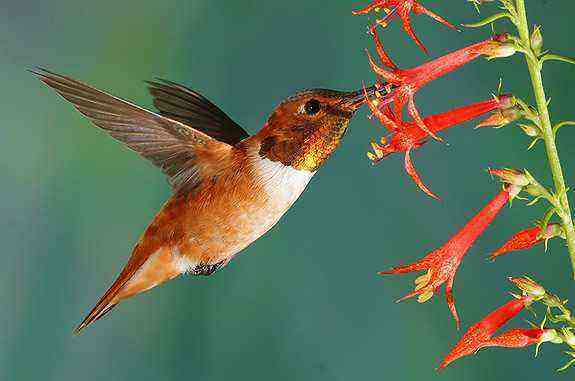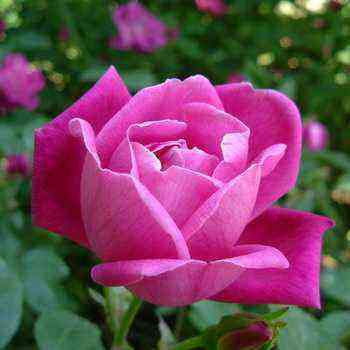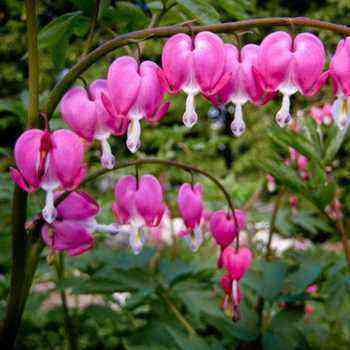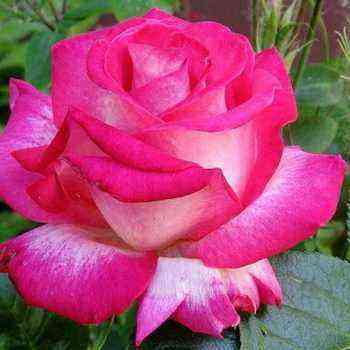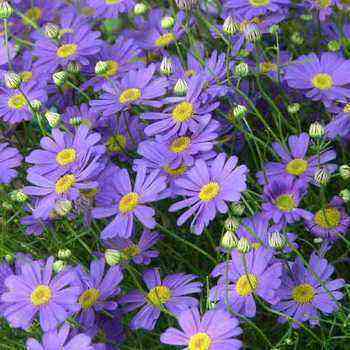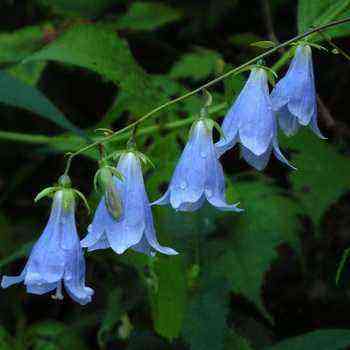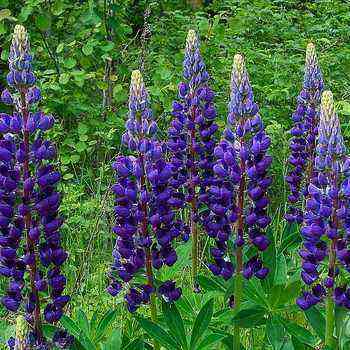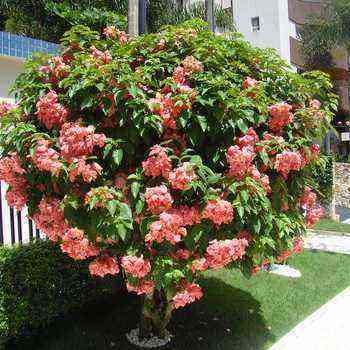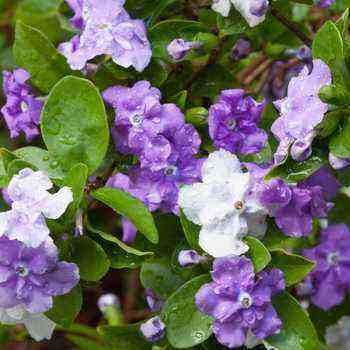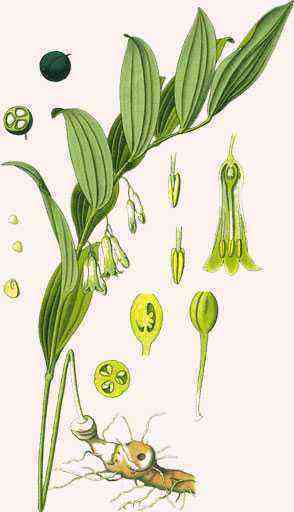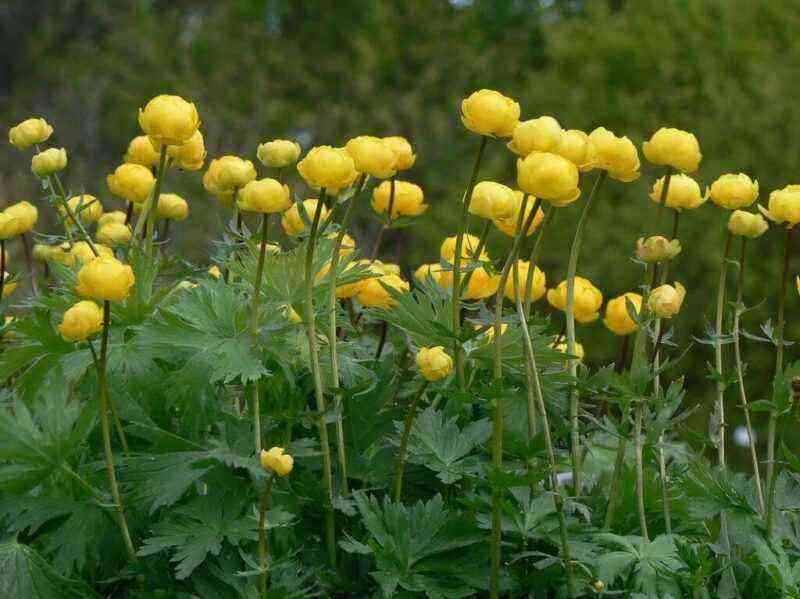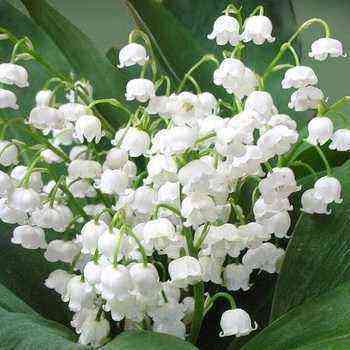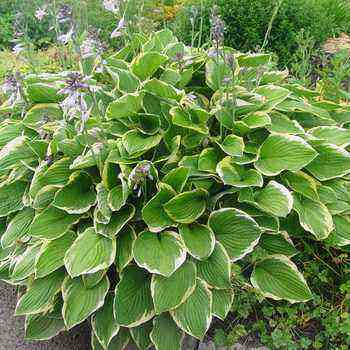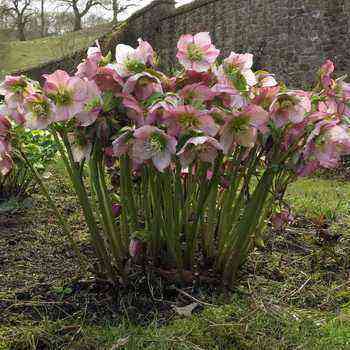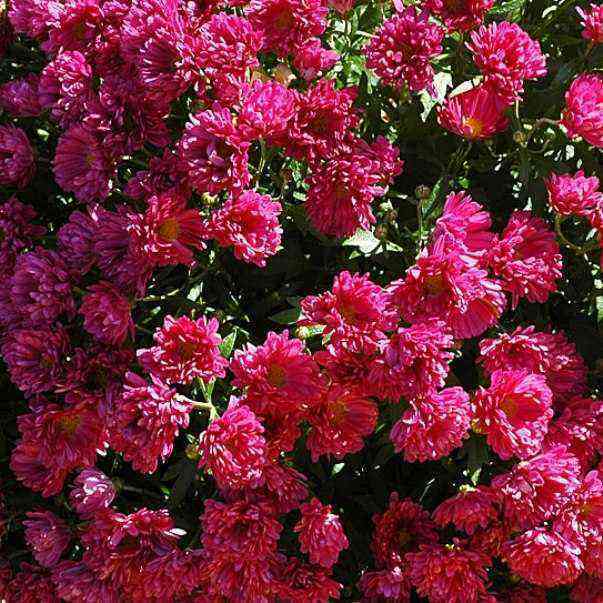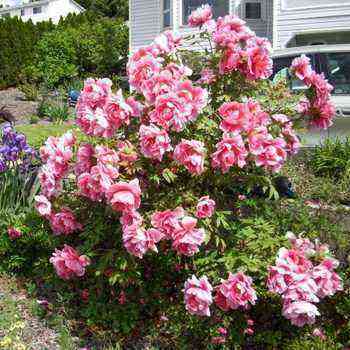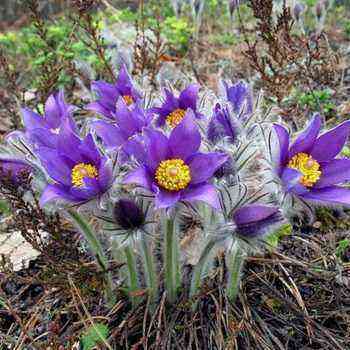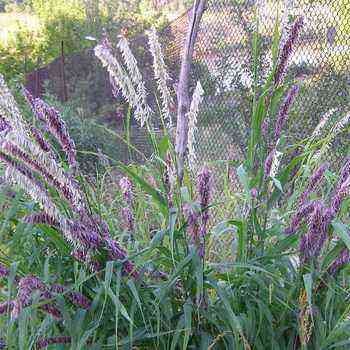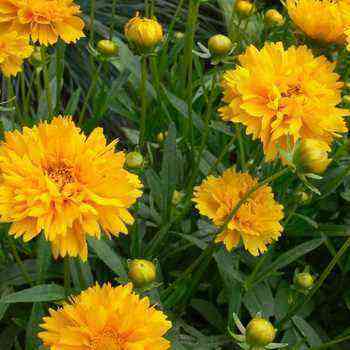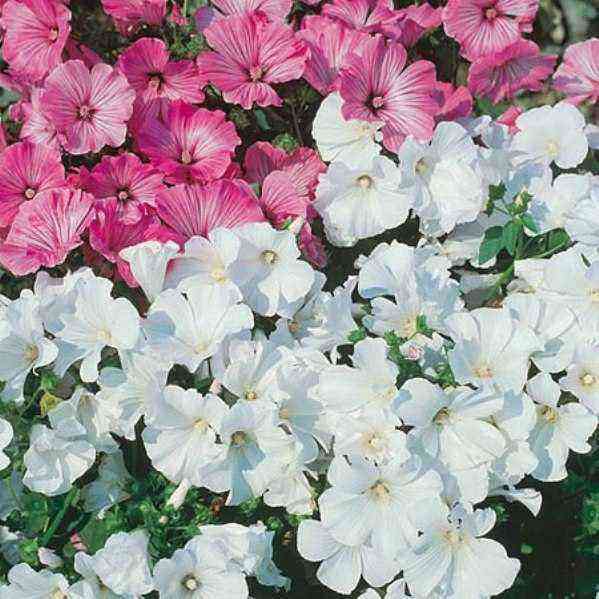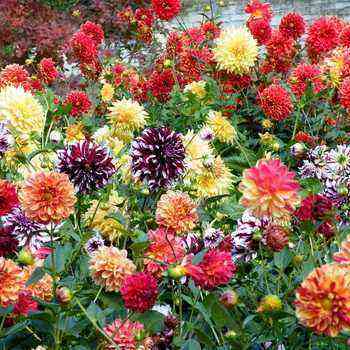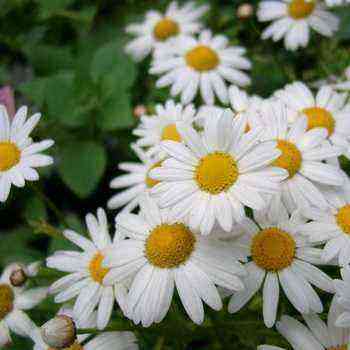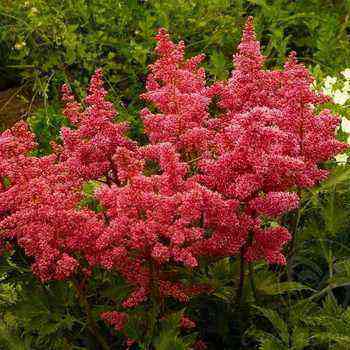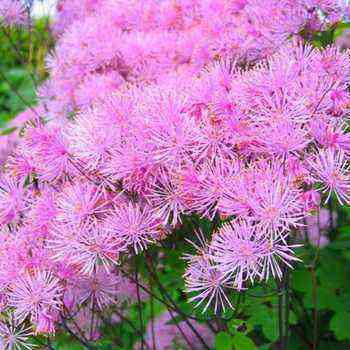The Asian bather, also known as Siberian fry, is a perennial herb from the genus of bathers, which is common in Central, Western, and Eastern Siberia, as well as in Altai. Outside of Russia, it is found in Mongolia. It grows in damp glades and meadows. It can also be found in the tundra near the edges of the glaciers.
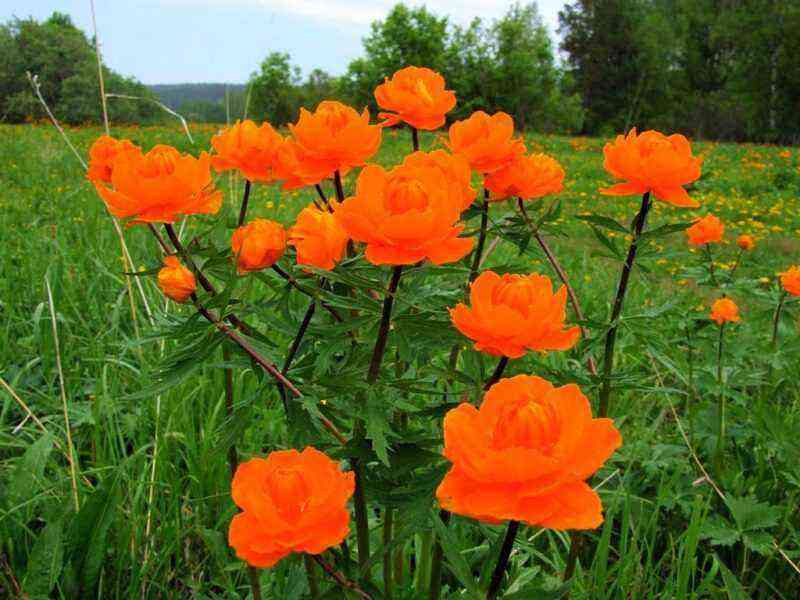
The Asian bather is a rhizome plant with one or more flowering stems, which vary greatly in height depending on the habitat. So, in the tundra they reach a height of 10 cm, while in the middle lane you can find meter-high representatives. The Asian swimsuit blooms with large bright orange flowers up to 6 cm in diameter. Flowering begins in late May – early June. The calyx of the flower is spherical, more open and flatter than that of the European variety. The calyx consists of 10-25 spherical elliptical sepals. The petals are narrow, widened upward. During the flowering period, which lasts 25 days, the flowers look terry due to the numerous protruding nectary petals.
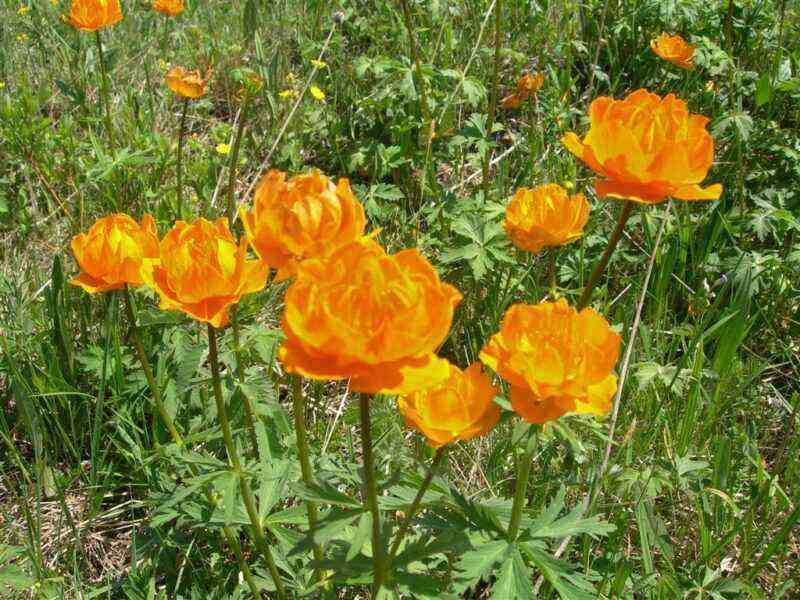
The Asian swimsuit has a complex fruit, which consists of separate 10 mm leaflets, in the amount of 26 to 54 pieces. Each leaflet contains up to 10 black seeds, which ripen in late June – July. The plant has been cultivated since 1759, because it is very decorative. There are terry garden representatives; a number of hybrid varieties with large flowers of various colors have also been bred. It is considered a good honey plant.
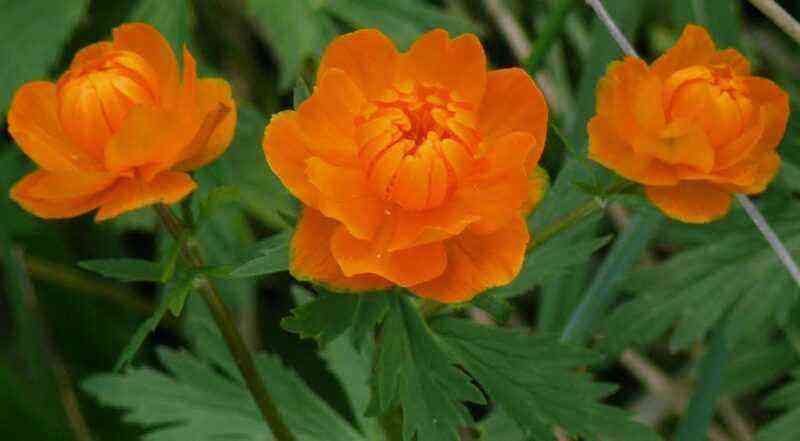
The Asian swimsuit is poisonous and has no use in official medicine. In natural habitats, it is often used by local residents for diseases of the eyes, gastrointestinal tract as a tonic.
Also, the plant is included in a number of regional red books.

